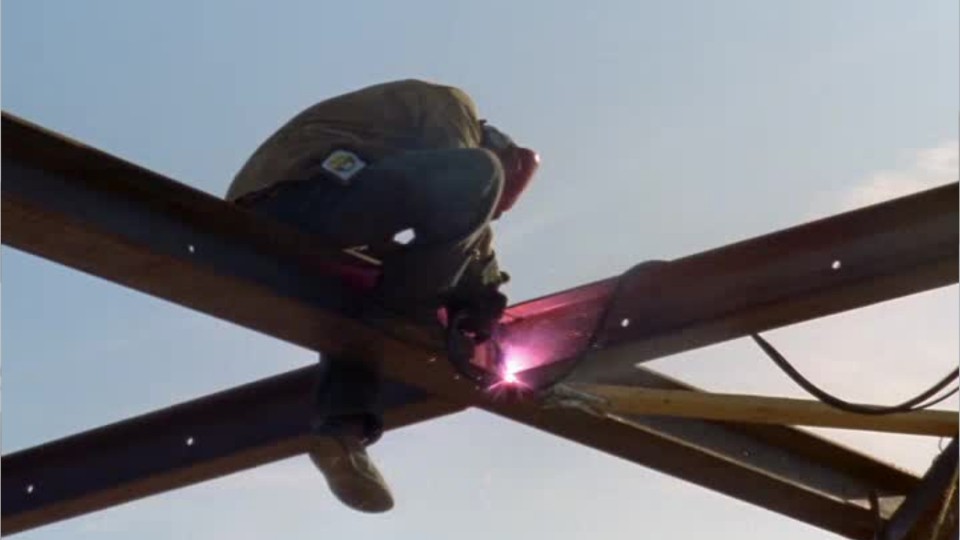Structural Metal Fabricators & Fitters
Fabricator, Fitter, Layout Man, Ship Fitter
 Select a military branch to see samples.
Select a military branch to see samples.
Aircraft Metals Technology; Aircraft Metals Technology Apprentice; Aircraft Metals Technology Helper; Aircraft Metals Technology Journeyman; Aircraft Structural Maintenance Apprentice; Aircraft Structural Maintenance Craftsman; Aircraft Structural Maintenance Journeyman; Structural; Structural Craftsman; Structural Helper
Allied Trades Specialist; Allied Trades Warrant Officer
Aviation Maintenance Technician; Damage Controlman; Marine Safety Specialist Engineer; Material Maintenance Specialty
Aircraft Welder; Machinist; Metal Worker
Advanced Machinery Repairman; Advanced Steelworker; Aviation Support Equipment Technician; Hull Maintenance Technician; Hull Systems Technician; Machinery Repairman Apprentice; NAMTS Shipfitter; Ship Survivability Systems Technician; Steelworker (BL-0); Steelworker
No similar titles were found.
What they do:
Fabricate, position, align, and fit parts of structural metal products.
On the job, you would:
- Verify conformance of workpieces to specifications, using squares, rulers, and measuring tapes.
- Study engineering drawings and blueprints to determine materials requirements and task sequences.
- Position, align, fit, and weld parts to form complete units or subunits, following blueprints and layout specifications, and using jigs, welding torches, and hand tools.
Knowledge
Math and Science
- arithmetic, algebra, geometry, calculus, or statistics
Engineering and Technology
- mechanical
Manufactured or Agricultural Goods
- manufacture and distribution of products
Arts and Humanities
- English language
Skills
Basic Skills
- listening to others, not interrupting, and asking good questions
- reading work related information
Social
- understanding people's reactions
Abilities
Hand and Finger Use
- keep your arm or hand steady
- hold or move items with your hands
Attention
- pay attention to something without being distracted
Personality
People interested in this work like activities that include practical, hands-on problems and solutions.
They do well at jobs that need:
- Attention to Detail
- Dependability
- Cautiousness
- Perseverance
- Achievement Orientation
- Integrity
Technology
You might use software like this on the job:
Spreadsheet software
- Microsoft Excel
Computer aided design CAD software
- Dassault Systemes CATIA
- Tekla software
Electronic mail software
- Microsoft Outlook
Education
Education: (rated 2 of 5)
high school diploma/GED or
no high school diploma/GED
usually needed
no high school diploma/GED
usually needed
Job Outlook
Below Average
New job opportunities are less likely in the future.
Explore More
- Aircraft Structure, Surfaces, Rigging, & Systems Assemblers
- Layout Workers, Metal & Plastic
- Sheet Metal Workers
- Structural Iron & Steel Workers
- Welding, Soldering, & Brazing Machine Setters, Operators, & Tenders
You might like a career in one of these industries:
See more details at O*NET OnLine about Structural Metal Fabricators & Fitters.





